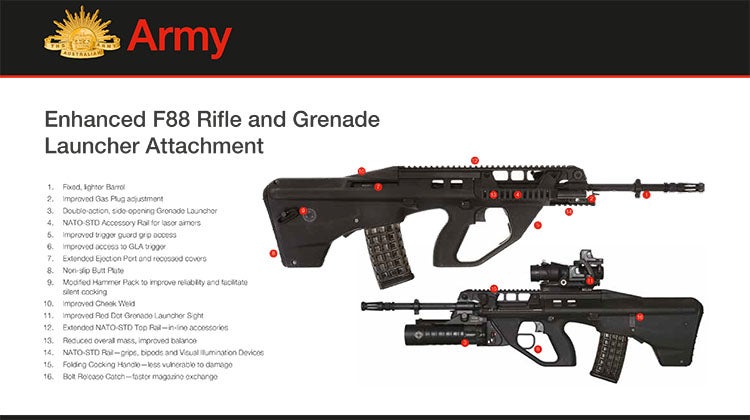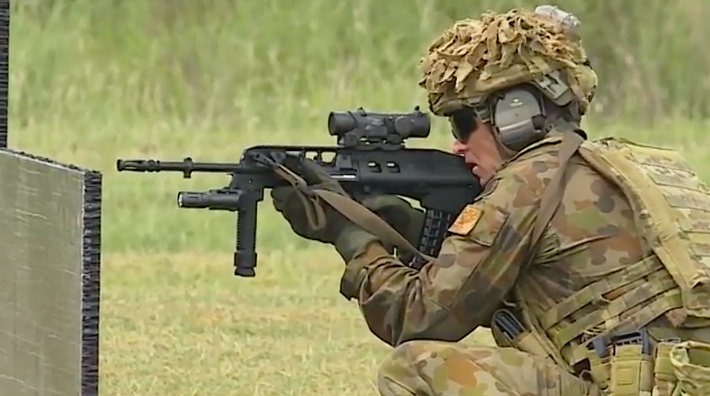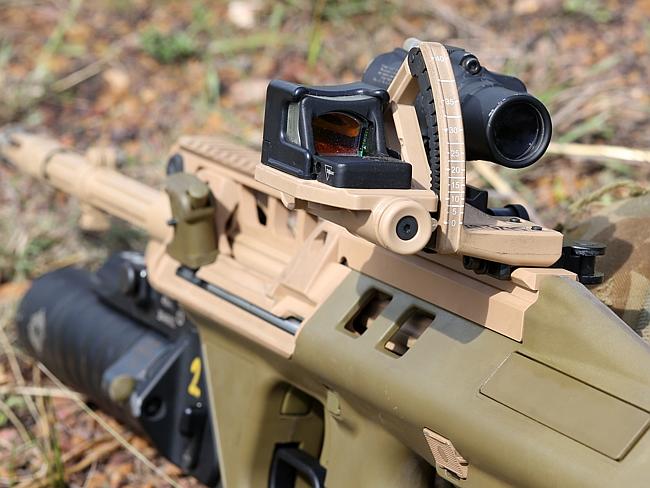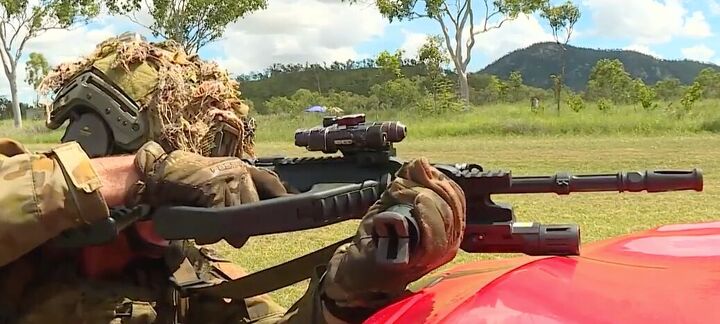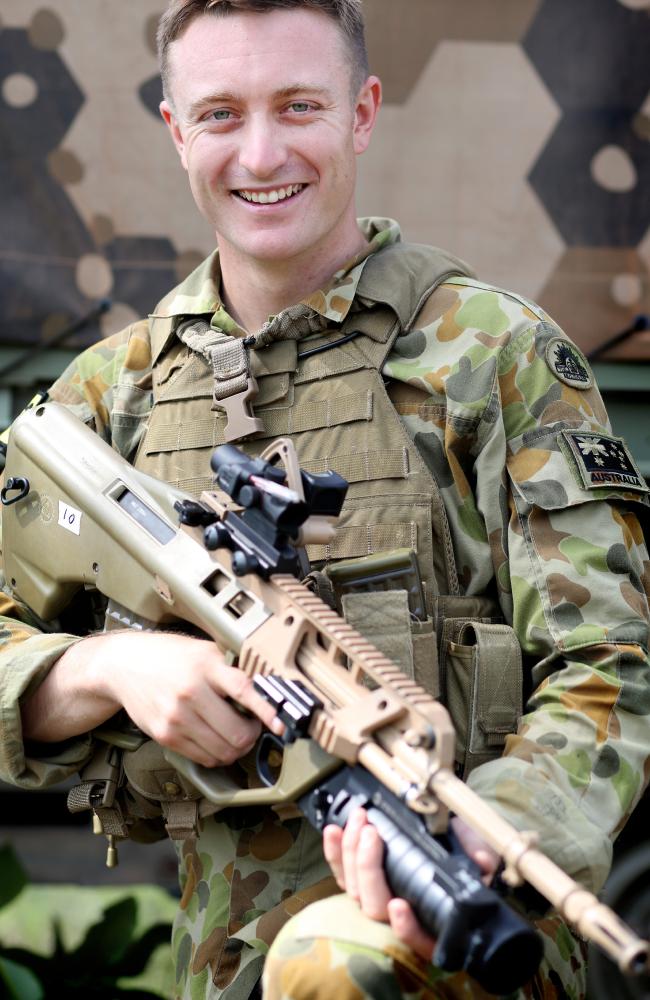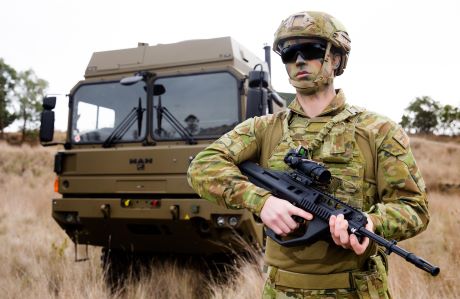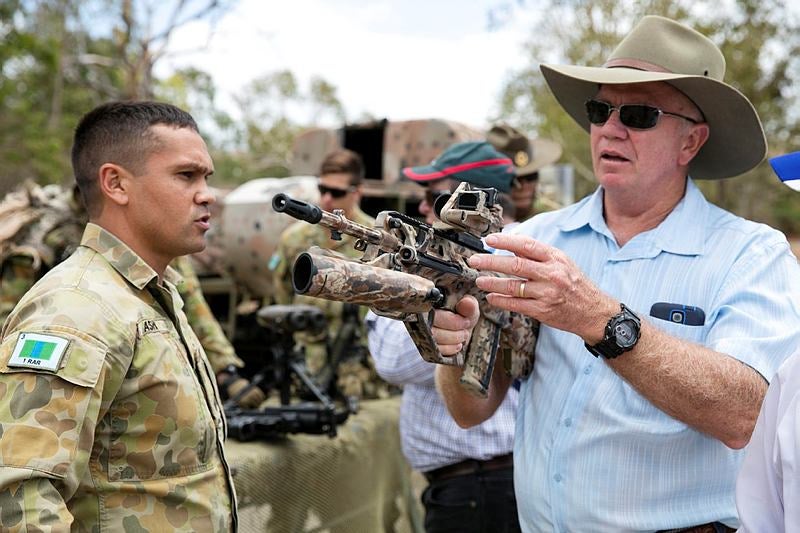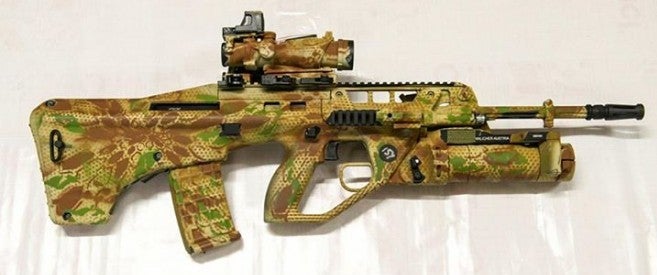During the adoption of the Thales EF88 rifle by the Australian Defense Force, one of the operational requirements for the EF88 was to produce a tiered system for combatants. There is nothing new about this “system” when it comes to small arms throughout military history. Most militaries prioritize troops at the front over troops in the rear when it comes to small arms and equipment. Although support troops are essential to the mission, they most likely won’t be actively engaging the enemy, and thus have less of a need for superior fighting equipment.
As quoted from a former Australian military official-
“Tiering” combatants was a method we made out projects affordable. Rather than give everyone the same “affordable” piece of equipment, we divided the force into three tiers. By doing this, the best equipment could be bought for the close combatant, which could consume most of the budget, but there’d be enough to equip the remainder with appropriate & adequate gear.Tier 1: Specialist Roles. Specialist individuals that required specific-to-role equipment, usually in addition to their base role equipment. Example: EOD techs.Tier 2: Close Combatant. Primary role is close combat. Includes Special forces, infantry, elements working integrally with the above (eg. Joint Fires Teams), Air Force security forces, navy boarding parties.Tier 3: General Combatant. Have a requirement to defend themselves, but have another, primary, role. Examples include: artillery gun numbers, transport drivers, headquarters’ staff.
Although not listed on the chart, the Tier 1 users would probably be very specific to a mission set. What this realistically might be is different optics as opposed to standard issue ones, possibly even non-standard ammunition.
If you aren’t familiar with the EF88 LAND 125 3C upgrades from the F90 rifle, this infographic provides a good visual and case by case summary. It appears that the Trijicon ACOG was replaced with Raytheon’s 1-4 power Elcan Specter in some units (or overall)
Apart from the Tier system, the earlier chart gives a look at just what the Australian Defense Forces are using for the modular additions. Daniel Defense makes the 45 degree canted rail, Steyer contributed the SL40 F9 grenade launcher, Inforce the visual light, Elcan F2 Specter as the optical sight, Elbit Systems the thermal sight, while Quiptiq Ltd produces an IR clip on attachment, Thales produces the Grenade Launcher sight (essentially a Trijicon RMR in an elevation adjustable mount), Knight’s the forward grip, Grippod System’s the grippod, and Harris the conventional bipod.
Inforce Light-
Grenade Launcher Sights-
Not listed is the Squad Laser Range Finder or LRF. This unit appears to be different than the ones we’ve reported on before from L-3 that the ADF adopted.
Not mentioned in the poster or elsewhere but it appears that a number of Australian soldiers are working with a single point, multi origin sling. I’ve personally set up a One Point sling like this, where the sling is threaded through your shoulders to connect at the center of the chest with a clip. It has personally been my favorite sling attachment system when working with body armor on.
Something else that appears to be in the works is the experimenting with different camouflage schemes on the rifles-
 Your Privacy Choices
Your Privacy Choices


